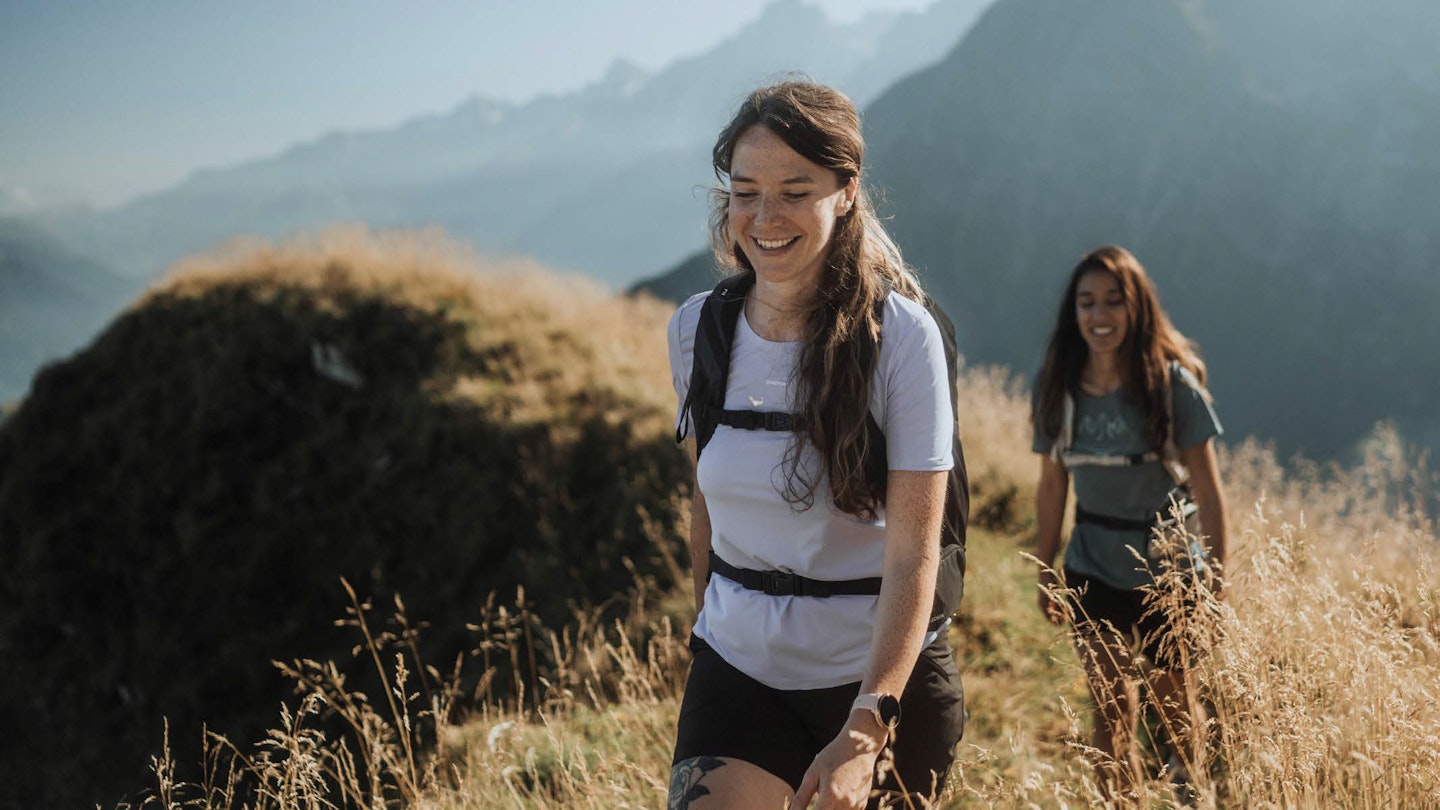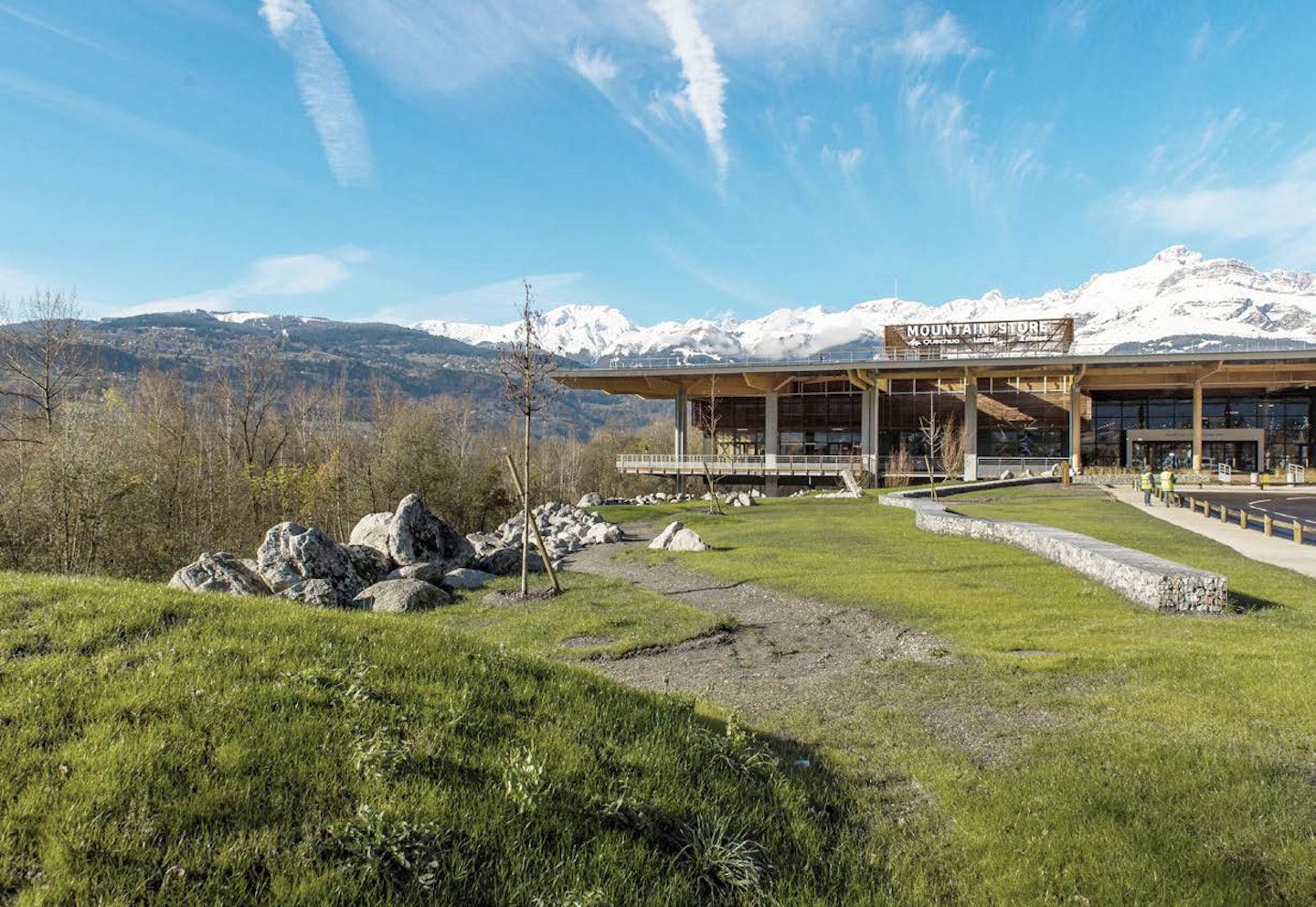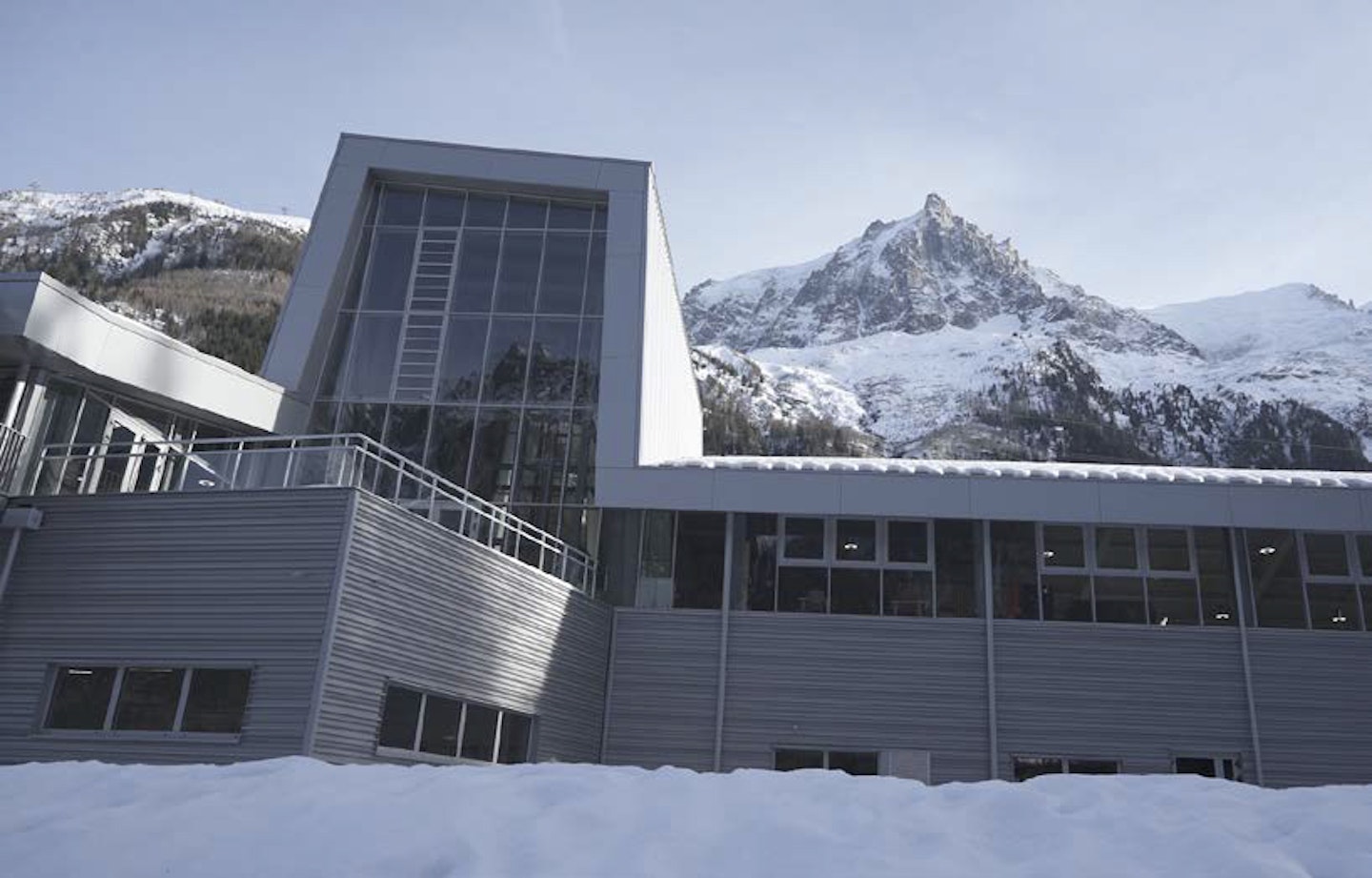Decathlon began life in France in 1976. Nearly 50 years later they have over 1700 stores and operate in 70 different countries. Decathlon first set up shop in the UK in 1999 and in the past 25 here years they’ve established a solid reputation based on two key factors:
-
With the possible exception of Quidditch, there’s almost no sporting activity you won’t find represented in their stores or on their website.
-
Their own brand products represent fantastic value for money.
But while this reputation is certainly deserved, it perhaps understates just how important Decathlon is to the outdoor enthusiast. To shine a light on that, we need to turn our focus on their hiking, camping, and mountain ranges. When we do, we discover that their famously favourable prices are just part of the Decathlon parcel.
What makes Decathlon different?

Not just good value
There can be no doubt that Decathlon’s outdoor kit – which includes their Quechua, Forclaz, or Simond brands – often represents incredibly good value. For anyone just starting out on their hiking, camping, or mountaineering journey, a Decathlon store should be their first port of call. But there’s more going on here than just good value; quality is just as, if not even more, important.
Decathlon don’t just buy cheap gear from the Far East, rebadge it and sell it as theirs. Oh no. Decathlon’s kit is designed and developed by Decathlon following a specific 5-stage design process:
-
Identifying a sportsman’s needs and requirements
Listening to and observing outdoor enthusiasts is where it all begins. Mountain sports product managers identify their needs and observe them in the field. -
Eco-designing the product
Eco-design is integrated from the very early stages of product development. Design teams choose solutions with a lesser impact to create technically advanced and sustainable gear. The repairability aspect of products is also taken into consideration from the very beginning of the design stage to extend their lifespan, and the most common spare parts are easily available should they suffer some sort of breakage. -
Testing products in labs and real-life conditions
Prototypes are assembled to verify the feasibility of the product and to test different assemblies. They are then tested in a lab and out on the field to ensure that the final product meets all the requirements of the sport. -
Improving existing products
Eventually products head up to the mountains with customers. Their feedback is meticulously analyzed by the design teams in order to identify potential improvements. On a global scale, the average customer review rating for hiking, trekking, camping, winter sports, mountain biking, climbing, and mountaineering gear is 4.62/5. -
Extending a product’s lifespan in order to improve its impact
Decathlon’s mountain sports brands support athletes by offering advice on proper use, care, and repair for their gear. Several repair options are available, either in store workshops, or via online tutorials. Used gear can also be returned to stores and be put up for sale in a dedicated Second Life space.

The upshot of this is that every year on average the hiking, camping, winter sports, climbing, mountaineering, and mountain biking teams design 10 innovations, file 15 patents, and dedicate approximately 42,000 hours to their research. When you choose outdoor gear from Quechua, Forclaz, or Simond, as well as getting Decathlon’s great value, you’re also getting great quality. In addition to those looking to start a new hobby without breaking the bank, Decathlon kit should also be on the radar of experienced outdoor enthusiasts looking for kit that will perform flawlessly and last for years.
Products for all levels
Having established that Decathlon kit is for all abilities, how do you know which products are best suited to whom? Well, you may have noticed a common numbering format on the product descriptions consisting of two letters and a three-digit number. For example, there’s the Quechua NH100 20l backpack, or the Quechua MH500 lightweight waterproof jacket, or the Forclaz MT900 trekking trousers.

The first part of these codes, the letters, gives an indication as to the product’s intended use:
-
NH – Nature Hiking,
-
MH – Mountain Hiking
-
FH – Fast Hiking
-
MT – Mountain Trekking.
There’s obviously some crossover in these uses as products may be perfectly suitable for all three, but the number component of the code indicates the performance level and may be more useful when working out if the product is for you:
-
100 – beginner
-
500 – intermediate
-
900 – advanced
Once you know how these codes work and what they mean it become much easier to quickly establish what sort of performance you can expect from a Decathlon product and whether it will meet your needs.
Made in the mountains
To make quality outdoor kit you need to have the right people. Decathlon employs approximately 600 people who live and breathe mountain sports to plough this enthusiasm into designing and creating products that promote the enjoyment of these pursuits. But it also helps to have the right people in the right place, and in this Decathlon have not one but two aces up their sleeves; their two mountain sports design centres are located in the heart of the Alps.

The Mountain Store in Passy, just west of Chamonix, is one of Decathlon’s flagship retail stores and well worth a visit if you’re in the area. But it’s also home to Decathlon’s international design centre for mountain brands such as hiking, trekking, camping, winter sports, and mountain biking. But for their climbing and mountaineering equipment, they’re even closer to the mountains.

The Simond brand began life in a small forge in Chamonix in 1860. Since then, it has equipped climbers and mountaineers on the highest peaks in the world, including Everest. It was acquired by Decathlon in 2008 – one of the few occasions where Decathlon have bought in rather than developing a brand themselves – and its production and development centre is still in the town where it all began: Chamonix, right at the foot of Mont Blanc.
To see more of Decathlon’s hiking, trekking, mountaineering and camping products, along with the huge range of other sports on offer, visit www.decathlon.co.uk or drop into one of their UK stores.


